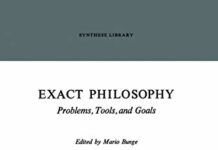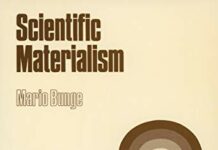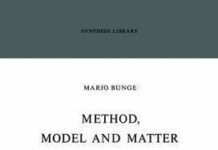
Ebook Info
- Published: 2012
- Number of pages: 374 pages
- Format: PDF
- File Size: 25.98 MB
- Authors: M. Bunge
Description
In this Introduction’ we shall sketch the business of ontology, or metaphysics, and shall locate it on the map of learning. This has to be done because there are many ways of construing the word ‘ontology’ and because of the bad reputation metaphysics has suffered until recently – a well deserved one in most cases. 1. ONTOLOGICAL PROBLEMS Ontological (or metaphysical) views are answers to ontological ques tions. And ontological (or metaphysical) questions are questions with an extremely wide scope, such as ‘Is the world material or ideal – or perhaps neutral?” ‘Is there radical novelty, and if so how does it come about?’, ‘Is there objective chance or just an appearance of such due to human ignorance?’, ‘How is the mental related to the physical?’, ‘Is a community anything but the set of its members?’, and ‘Are there laws of history?’. Just as religion was born from helplessness, ideology from conflict, and technology from the need to master the environment, so metaphysics – just like theoretical science – was probably begotten by the awe and bewilderment at the boundless variety and apparent chaos of the phenomenal world, i. e. the sum total of human experience. Like the scientist, the metaphysician looked and looks for unity in diversity, for pattern in disorder, for structure in the amorphous heap of phenomena – and in some cases even for some sense, direction or finality in reality as a whole.
User’s Reviews
Reviews from Amazon users which were colected at the time this book was published on the website:
⭐Mario Bunge needed an Ontology for his Phylosophic System, that were realistic, sistemyc and up-to-date with science, but there was no single one that gathered all his requirements. So he draw his own one.Bunges’s Ontology, both the general and the particular (for physics, chemistry, biology, psychology, social and artifacts) is also precise; that means that you can always know what is he talking about and check it with scientific evidence in order to contrast or refute.Unlike imprecise, obscure and incoherent metaphysics, Bunge’s one contributes to science and technology providing a frame for good reasoning, for sinthesize theories and lastly for expand, modify or even destroy the ontology itself.Despite of having being writed about thirty years old, this fundamental ontology continues inspiring technical ontologies and scientific approaches across several research fields.It should be read by every student, teacher, and researcher, at least because they would not find another one of it scope, deep and clarity.
⭐What kinds of things exist? What do you need to know about an object in order to differentiate it from any other object that exists? Ten years ago, these were academic questions. With the advent of terabyte databases searchable from the web, these questions have suddenly become very practical. Bunge seems to have been aware of the new importance of ontology before anybody else. This book is precise and perfect. I dare say that the mathematical notation will drive away most philosophers and all casual readers, but that the same notation will appeal strongly to logicians and computer scientists. I only wish that there were more copies in print.
Keywords
Free Download Treatise on Basic Philosophy: Ontology I: The Furniture of the World 1977th Edition in PDF format
Treatise on Basic Philosophy: Ontology I: The Furniture of the World 1977th Edition PDF Free Download
Download Treatise on Basic Philosophy: Ontology I: The Furniture of the World 1977th Edition 2012 PDF Free
Treatise on Basic Philosophy: Ontology I: The Furniture of the World 1977th Edition 2012 PDF Free Download
Download Treatise on Basic Philosophy: Ontology I: The Furniture of the World 1977th Edition PDF
Free Download Ebook Treatise on Basic Philosophy: Ontology I: The Furniture of the World 1977th Edition



